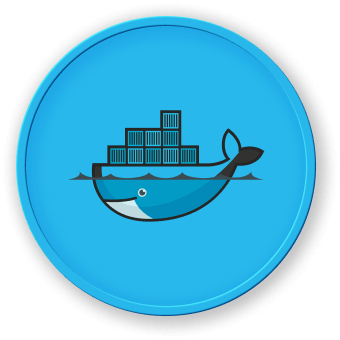Nginx Docker Fundamentals
Introduction to Nginx and Docker
Nginx is a popular open-source web server and reverse proxy, known for its high performance, scalability, and lightweight architecture. Docker, on the other hand, is a platform for developing, shipping, and running applications in containers. Combining Nginx with Docker provides a powerful solution for web server deployment and management.
Core Concepts
What is Nginx?
Nginx is a versatile software that can function as:
- Web server
- Reverse proxy
- Load balancer
- HTTP cache
Docker Container Basics
Docker containers are lightweight, standalone, executable packages that include everything needed to run an application:
- Code
- Runtime
- System tools
- System libraries
graph TD
A[Docker Image] --> B[Docker Container]
C[Nginx Configuration] --> B
D[Application Files] --> B
Nginx Docker Architecture
| Component |
Description |
| Docker Image |
Prebuilt environment containing Nginx |
| Container |
Running instance of Nginx |
| Configuration |
Nginx server settings and rules |
Installation Prerequisites
Before working with Nginx Docker containers, ensure you have:
- Docker installed
- Basic understanding of Linux commands
- Network access
Sample Docker Nginx Installation
## Update system packages
sudo apt-get update
## Install Docker
sudo apt-get install docker.io -y
## Pull official Nginx image
docker pull nginx:latest
## Verify image download
docker images
Key Benefits of Nginx in Docker
- Consistent Environment
- Easy Scalability
- Simplified Deployment
- Isolation from Host System
Use Cases
- Microservices Architecture
- Web Application Hosting
- Reverse Proxy Configuration
- Load Balancing
Getting Started with LabEx
For hands-on practice and comprehensive Docker Nginx tutorials, consider exploring LabEx's interactive learning platform, which offers practical exercises and real-world scenarios.




